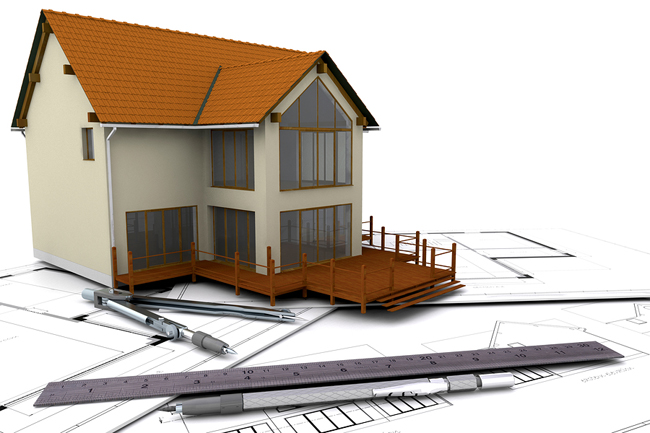

Support Cladding-act as a nail base for siding and trim.Control Air Leakage-air leaking through the wall can cause both thermal comfort issues and moisture-related defects.Control and Manage Moisture-wetting and moisture from rain and humidity are crucial in ensuring durability.Control Heat Transfer-energy efficiency in a home is greatly influenced by its above grade wall insulation.Wind causes strong horizontal forces on a wall which may cause racking if the wall is not properly designed and built. Resist Superimposed Loads-the wall must be structurally strong to resist all loads including wind.These functions include structural strength as well as control mechanisms to keep the interior and exterior environments separate. Wall assemblies must perform several functions to be considered compliant with the Ontario Building Code. High Performance Walls in Ontario, Canada USDA Forest Service Forest Products Laboratory.Engineered Wood Technology Association (EWTA).

Jack studs, like many framing members, are known by a variety of names on a regional basis including “shoulder studs” or “trimmers. The width of the jack stud will match the size of the adjacent studs used for that particular wall and will normally be a stress-rated dimensional lumber. It is thought that this adds stability to the window frame while minimizing the need for additional support for the ends of the window sill plate. Occasionally in window framing the jack stud will be cut into two pieces to allow the window sill plate to run through the jack stud and terminate on each side at the king studs. Additionally, the jack stud is typically nailed from below, through the bottom plate, and will be toe-nailed into the header above. Typically, a king stud is placed adjacent to a jack stud and the two are nailed together to ensure both stay in place. Its length determines the header height and is critical for rough openings of windows and doors. A jack stud is a vertical structural element that sits below and supports a header to transfer its loads downward to the bottom plate and ultimately to the structure’s foundation.


 0 kommentar(er)
0 kommentar(er)
